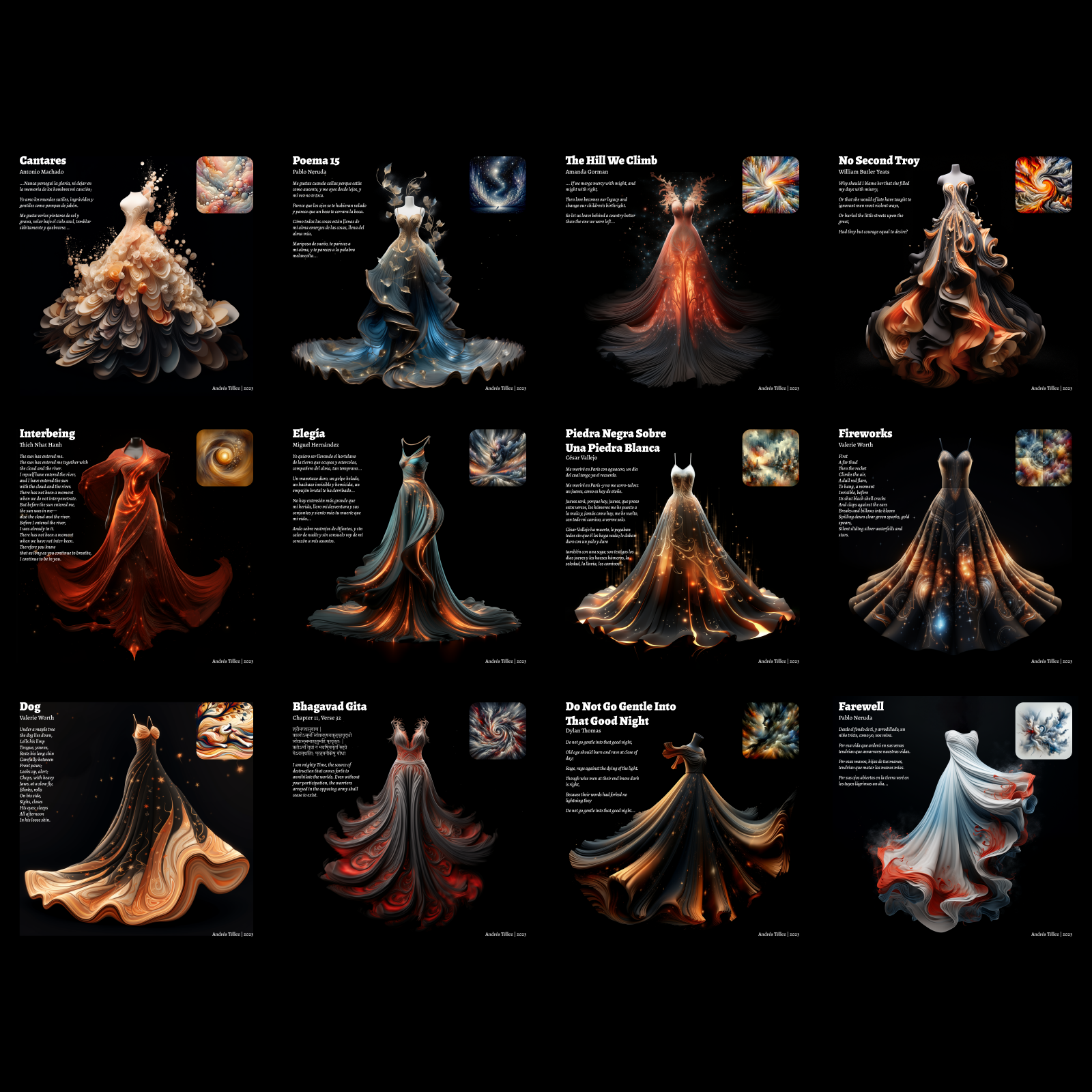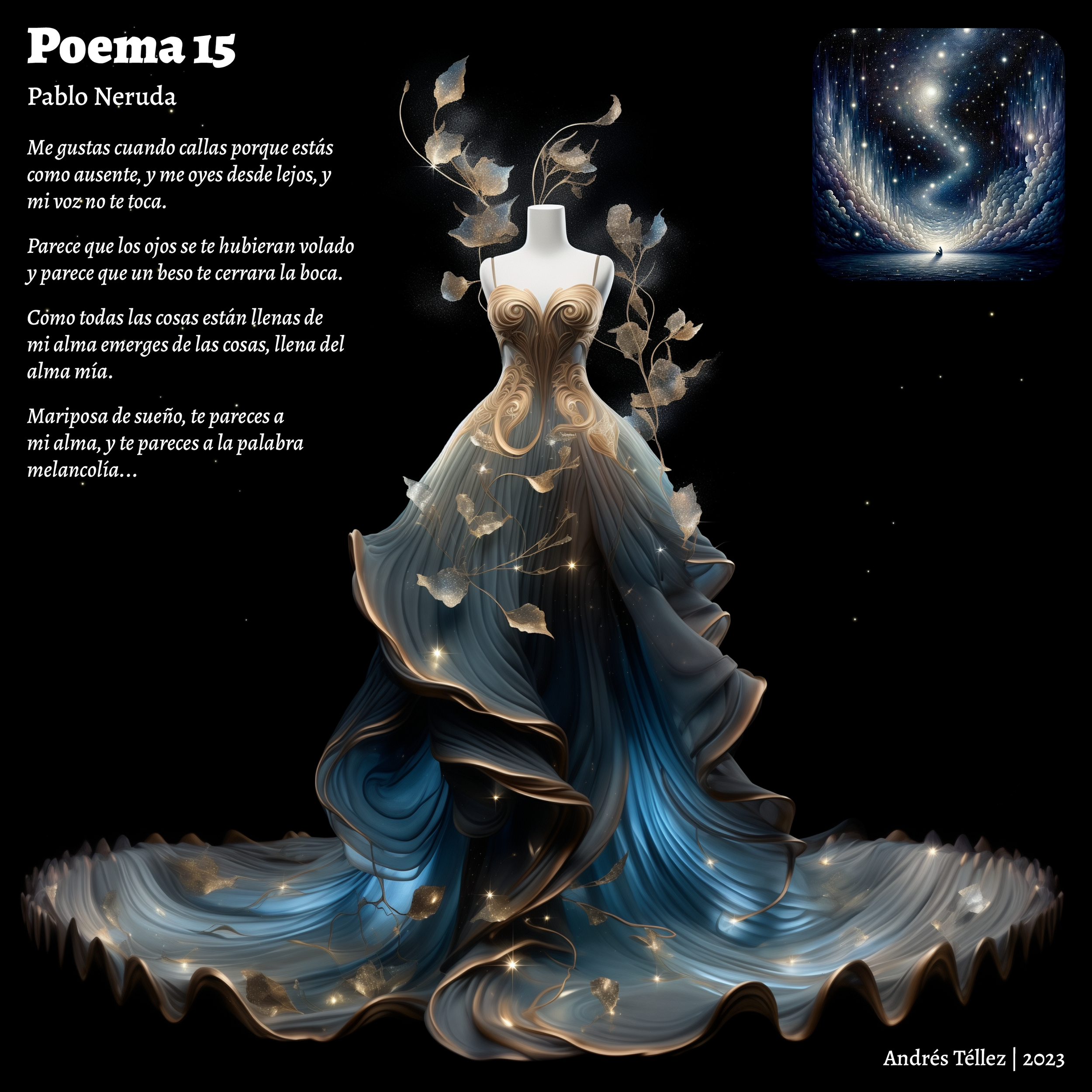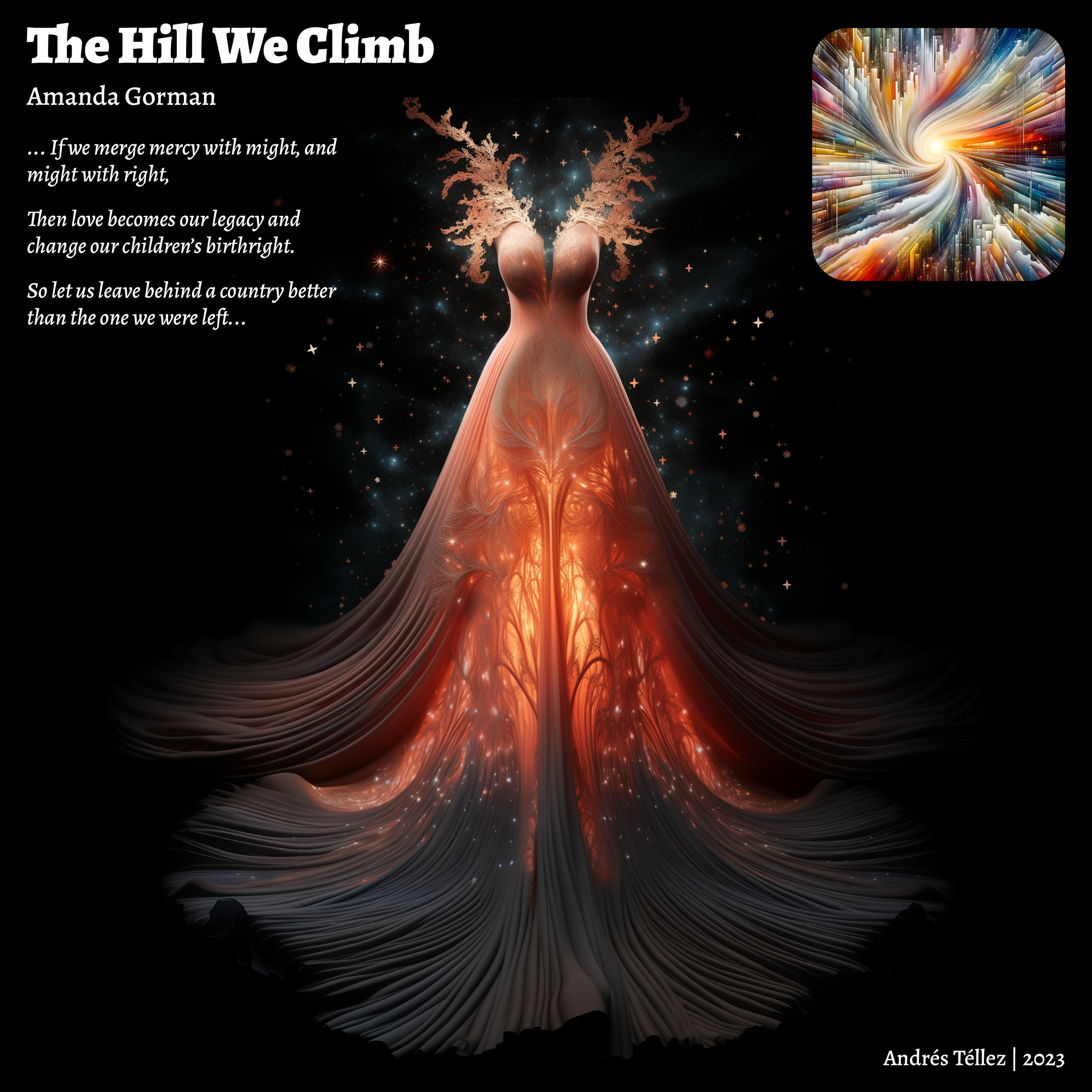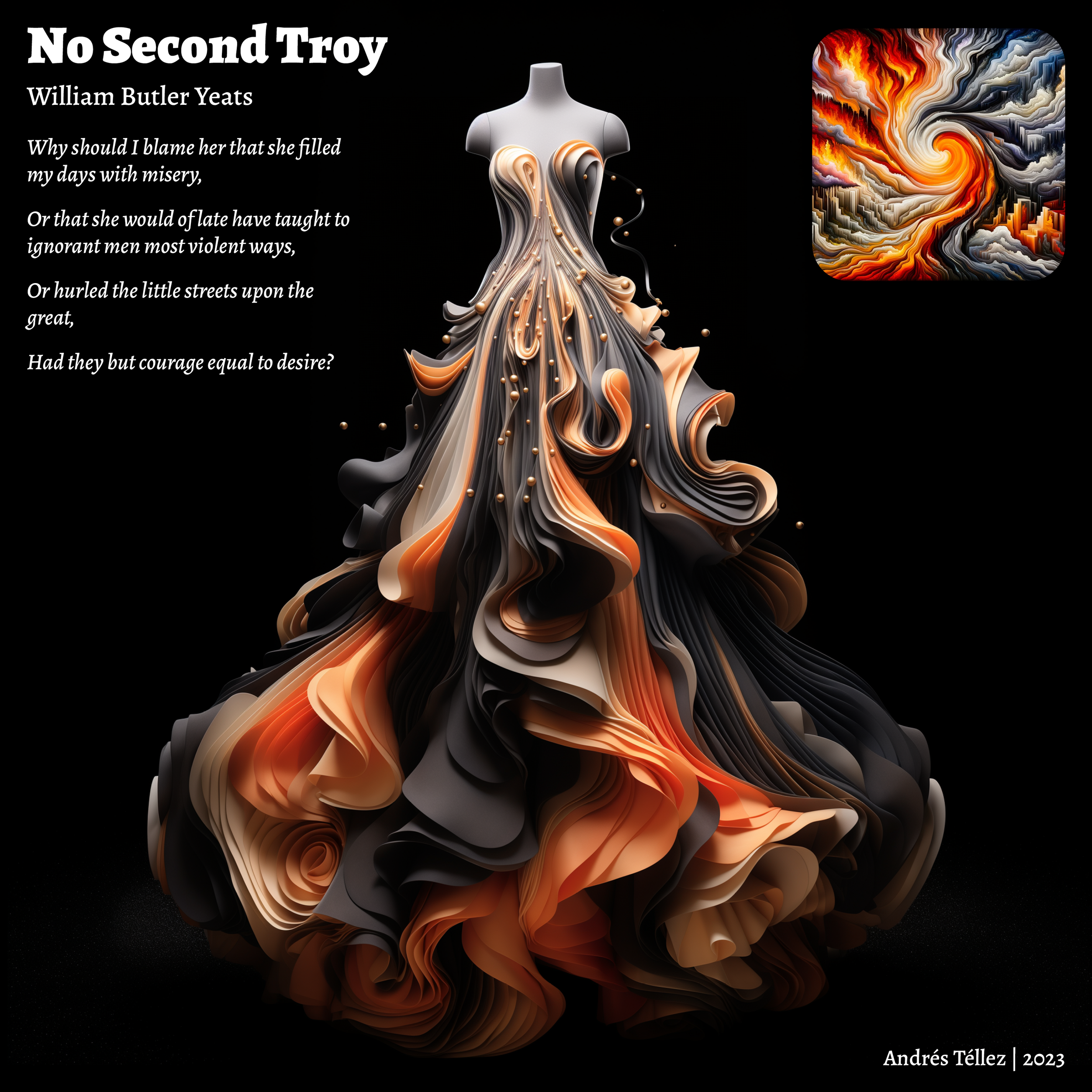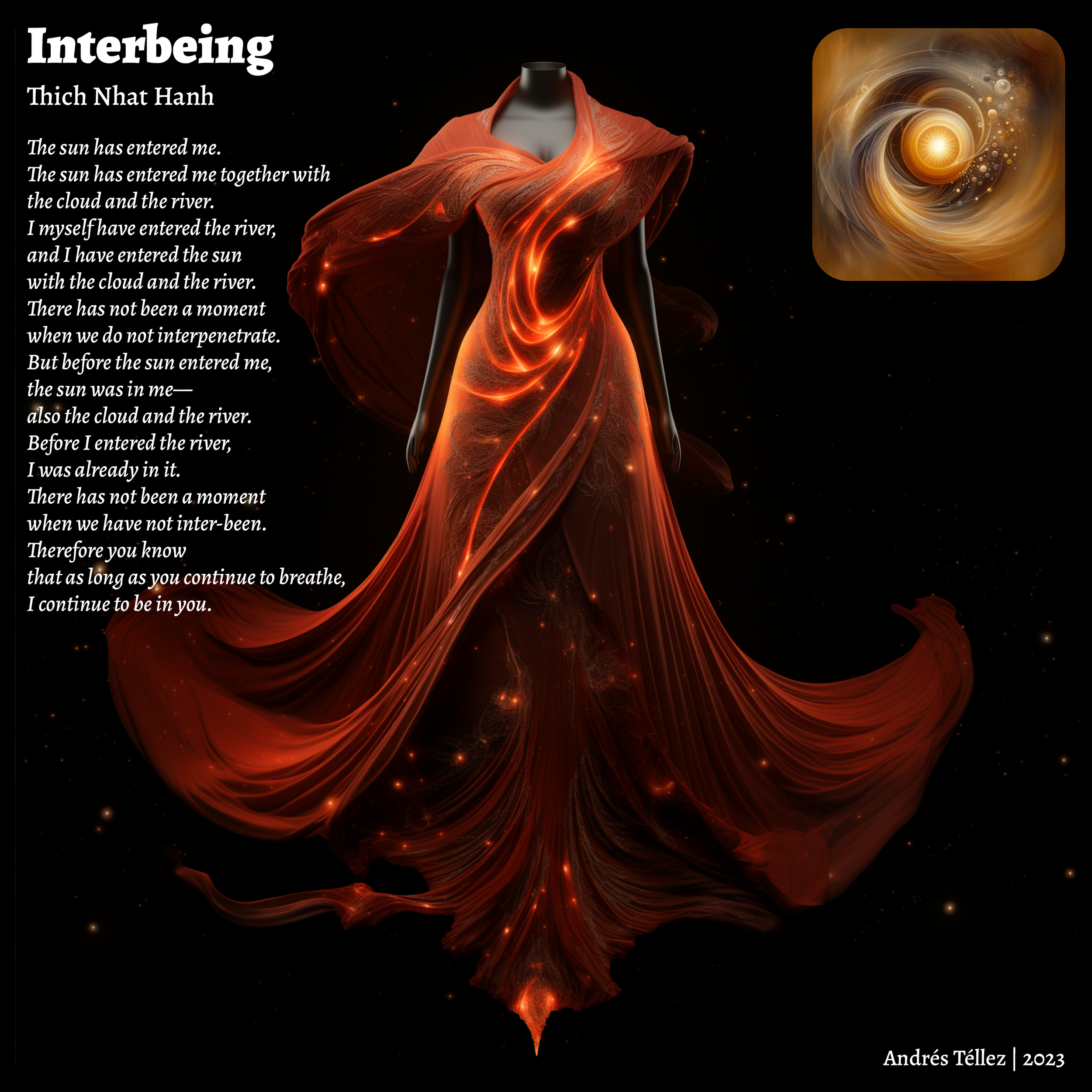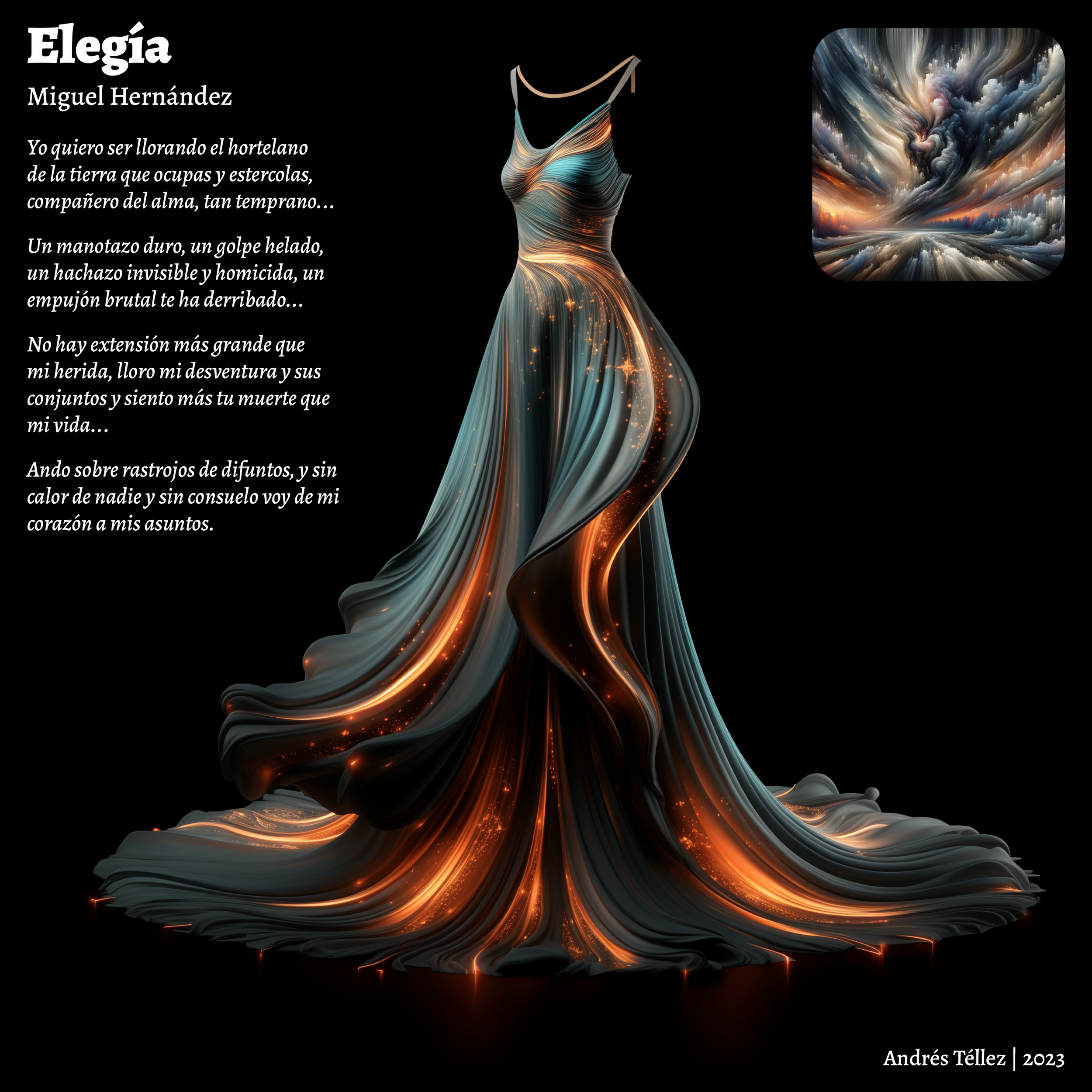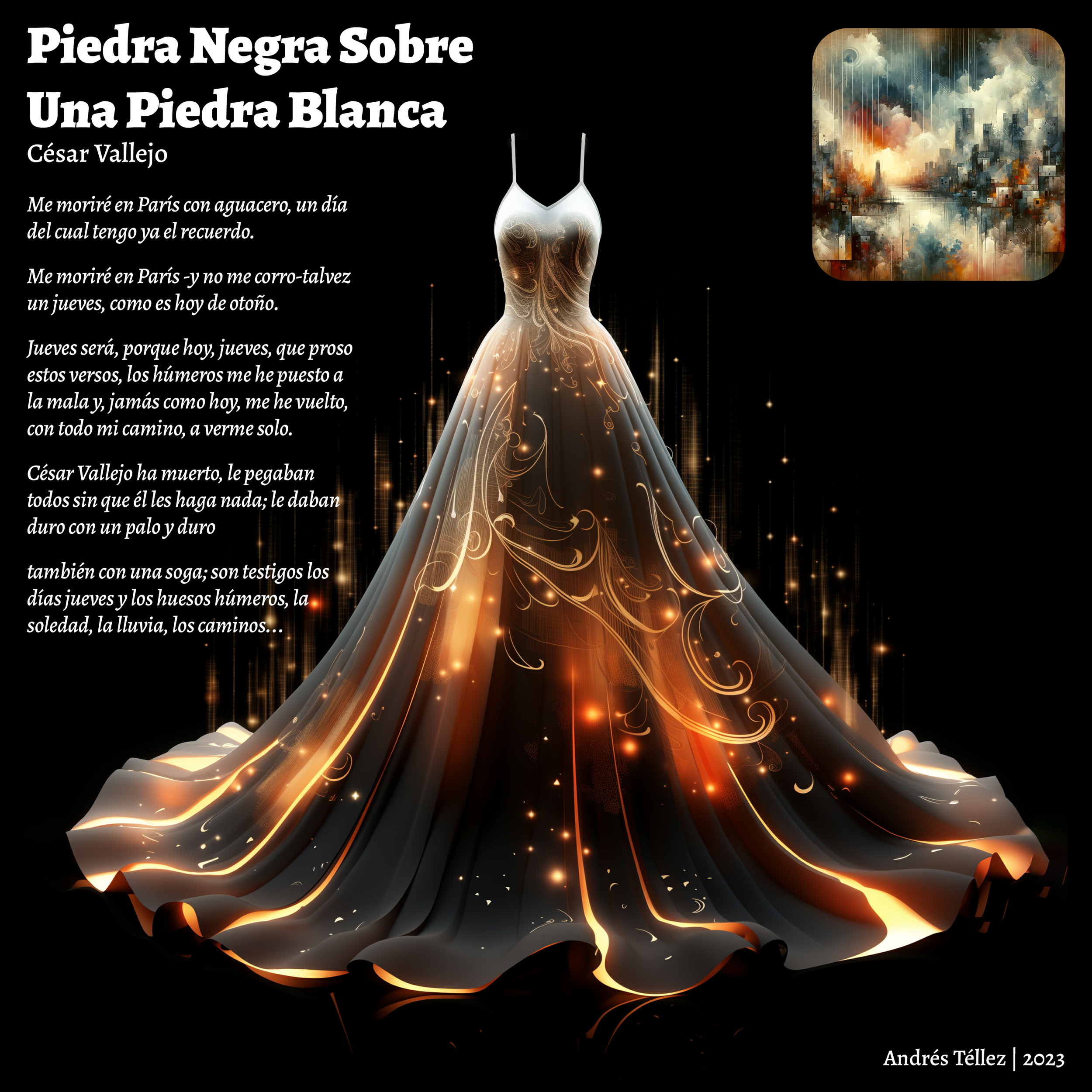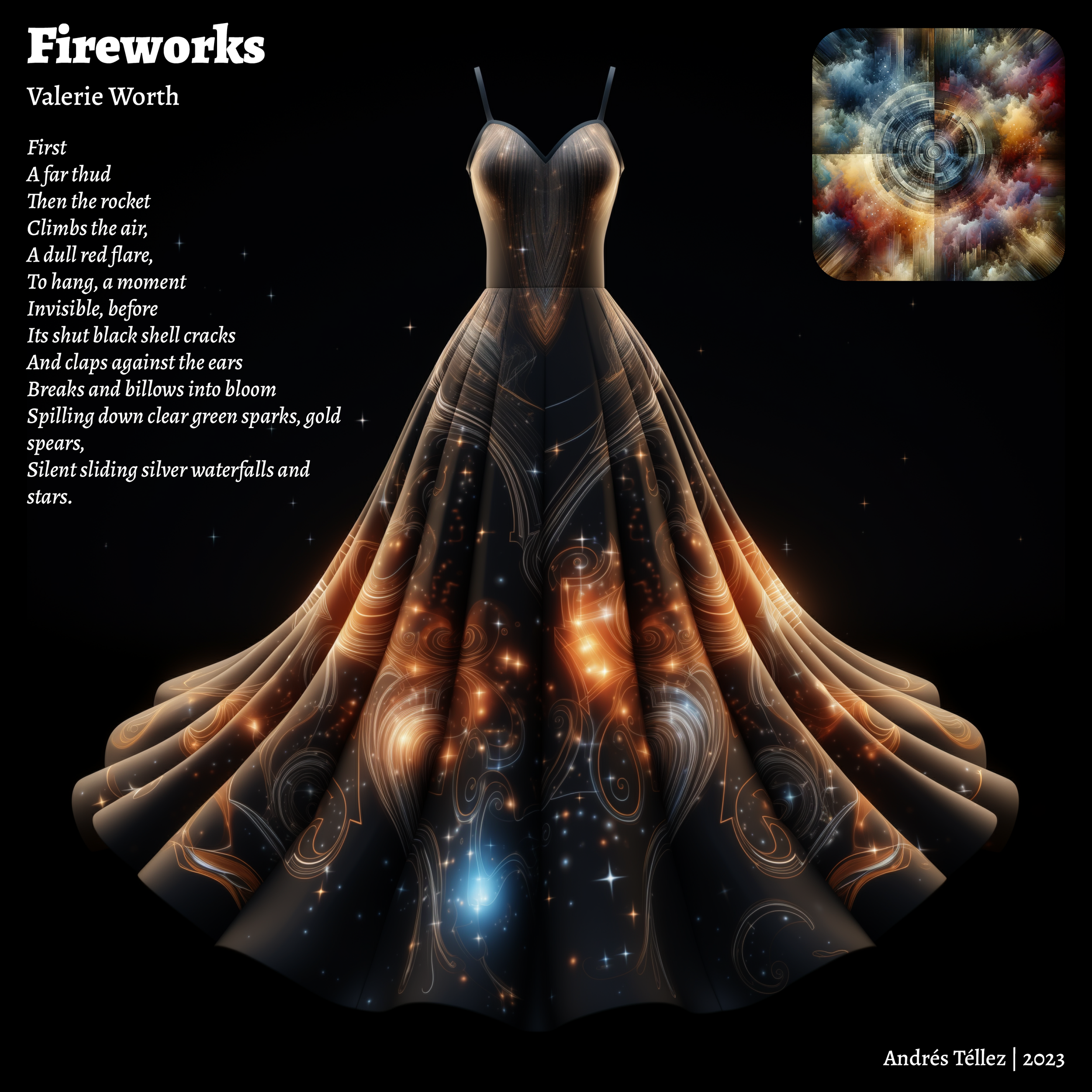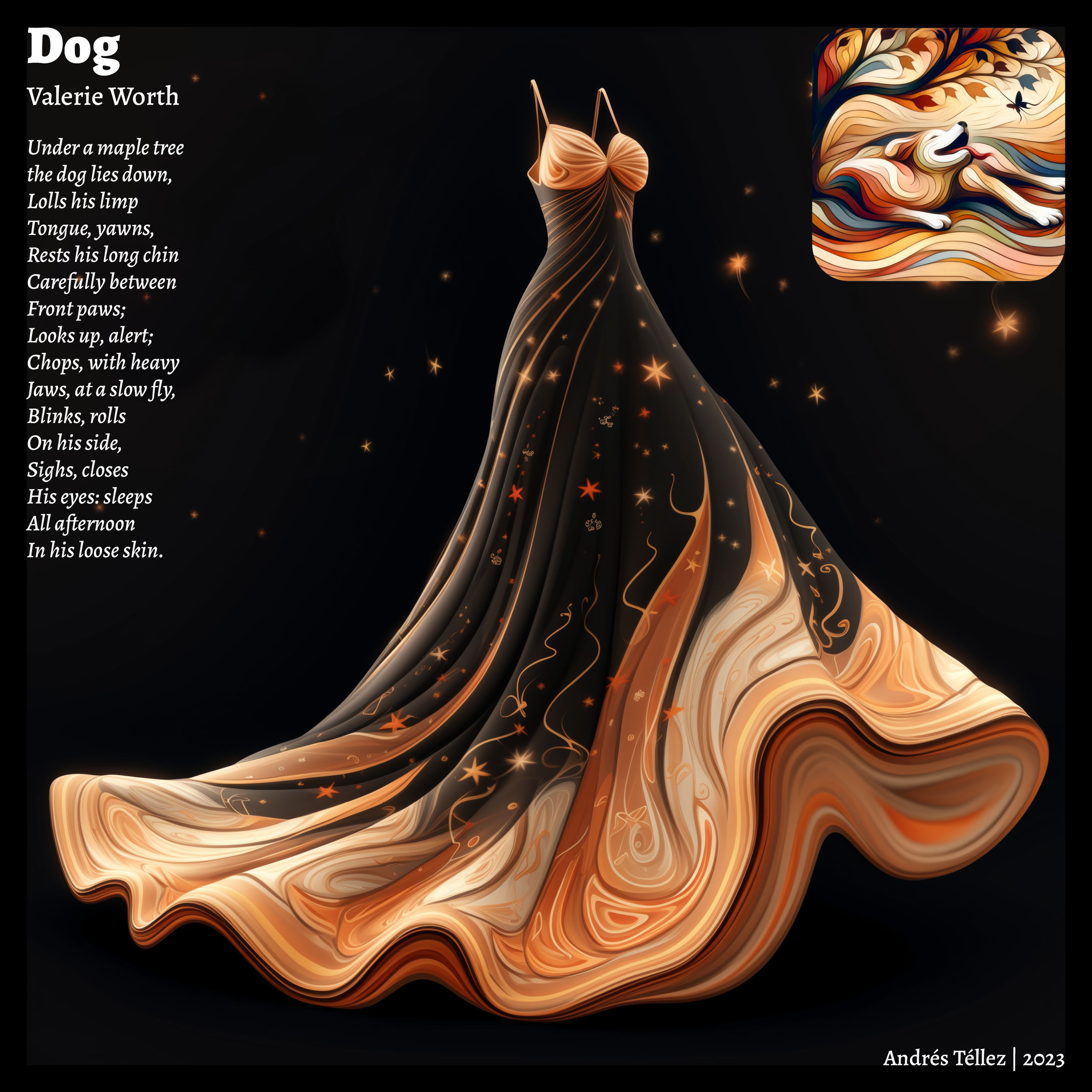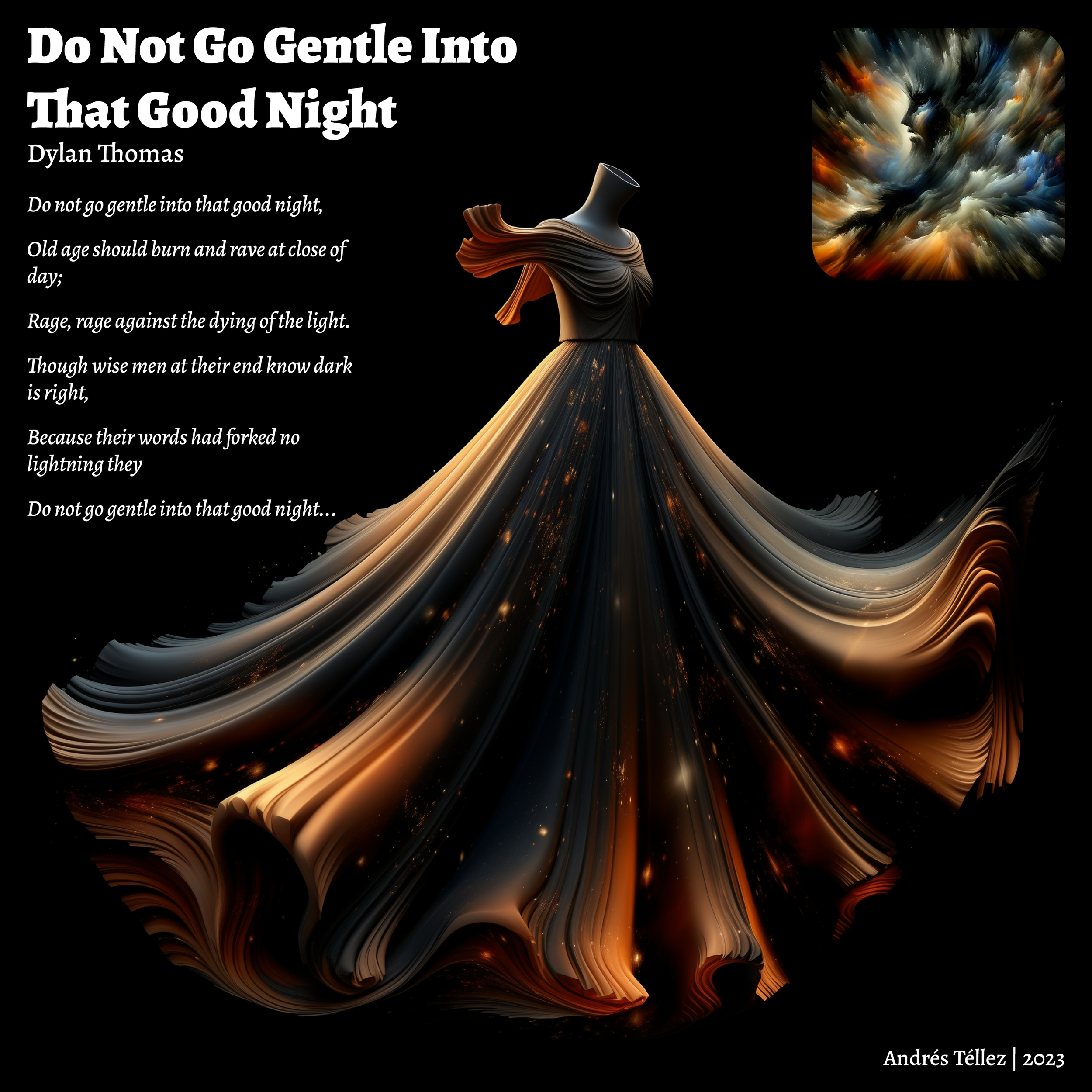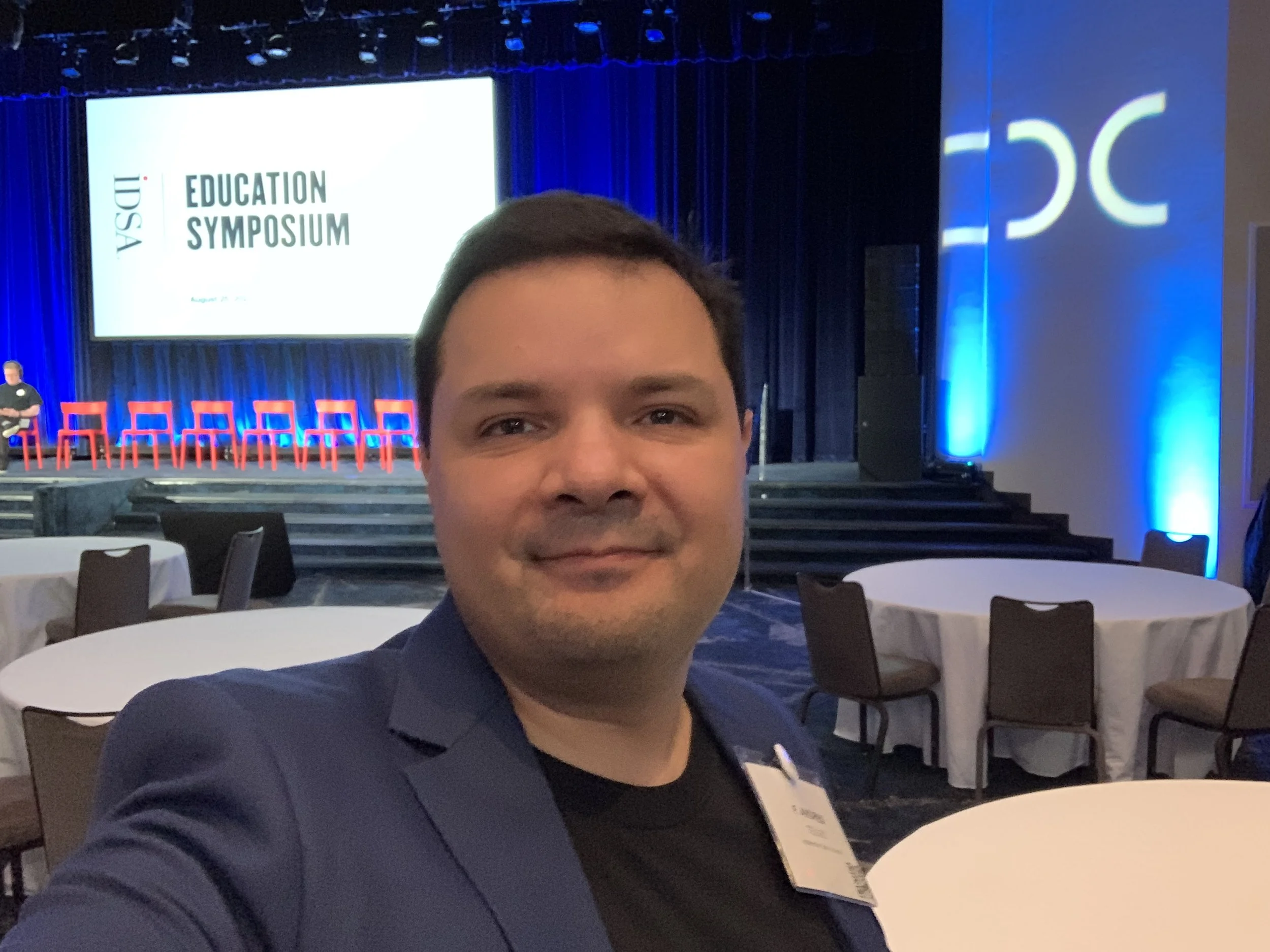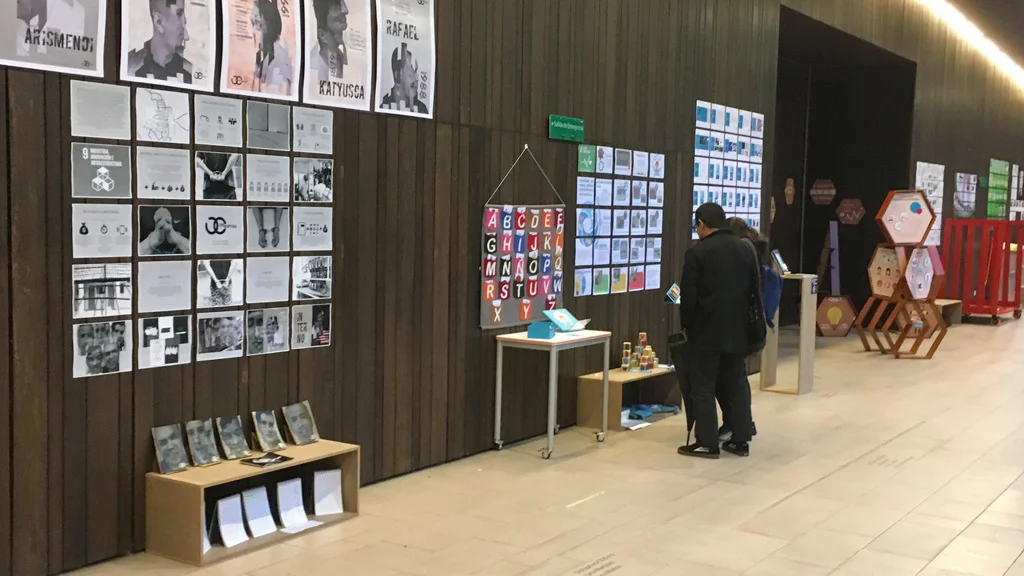In recent weeks, I've been working on a fascinating project combining AI, Poetry, and Design to create a series of dresses, each inspired by a different poem. This initiative aimed to capture the human essence of poetry in a tangible and innovative way using AI tools.
Each dress began as a visual concept drawn from poems that hold special meaning for my family and me. ChatGPT and DALL-E were instrumental in transforming these verses into visual artworks, which then guided Midjourney in the dress design process. I sought to infuse each creation with the unique mood and tone of the corresponding poem.
The choice to design dresses emerged organically, as their flow and form showed great potential to communicate the subtle and profound qualities of the selected poems. It became crucial to ensure that every dress retained its individual character while still belonging to a cohesive collection. This often involved refining AI-generated images and adjusting visual elements to better represent the poems' themes.
Ensuring that each dress remained distinct while maintaining a collection's cohesion required careful manipulation of the prompts and visual elements. I infused each dress with specific abstract imagery and, sometimes, tailored color schemes to echo the poem's theme, ensuring each design stood out yet remained part of a unified series.
During the process, I had some challenges, such as DALL-E generating overly literal images or Midjourney creating similar dresses for different poems. To address these, I iterated on prompts, refined the images in Photoshop, and occasionally had to guide the AI away from generating unwanted elements like heads or bodies.
Reflecting on this experience and previous experiments with AI and Design, I consider generative tools like Midjourney and DALL-E (in their current state) to be very powerful for concept generation and inspiration. Yet, for this project, the emphasis was always on highlighting the humanity within poetry, translating it into visual forms that resonate with the observer.
